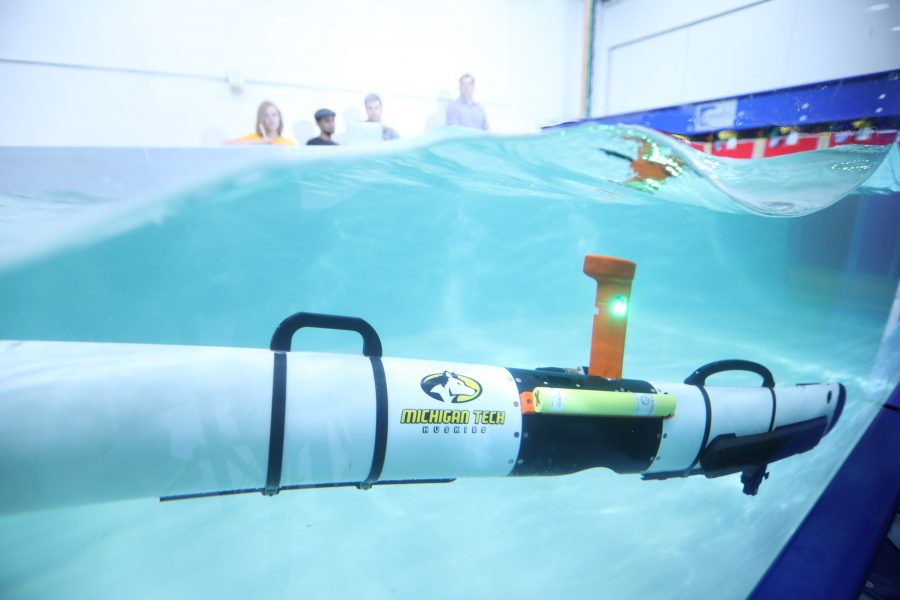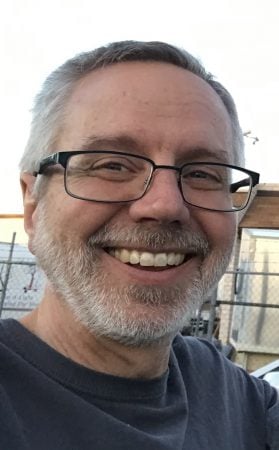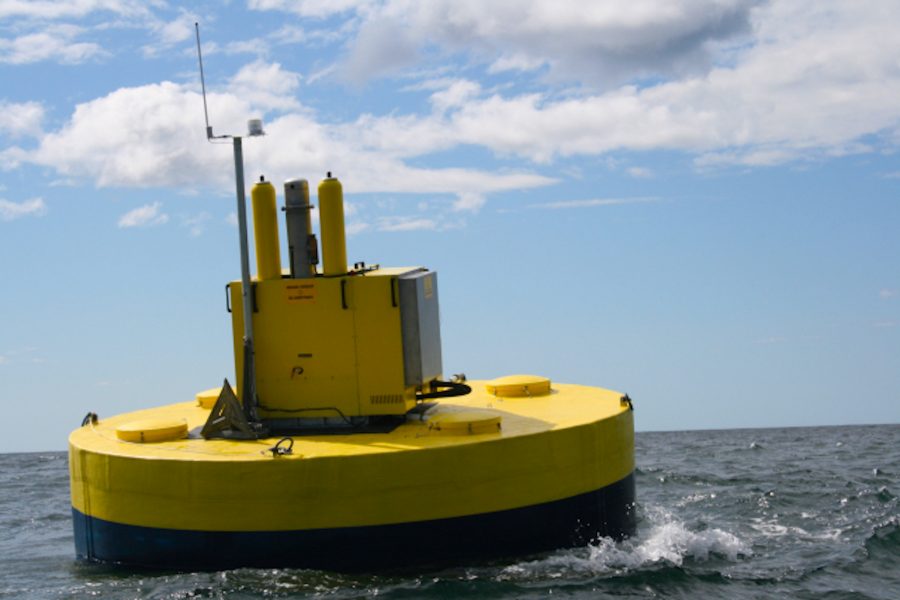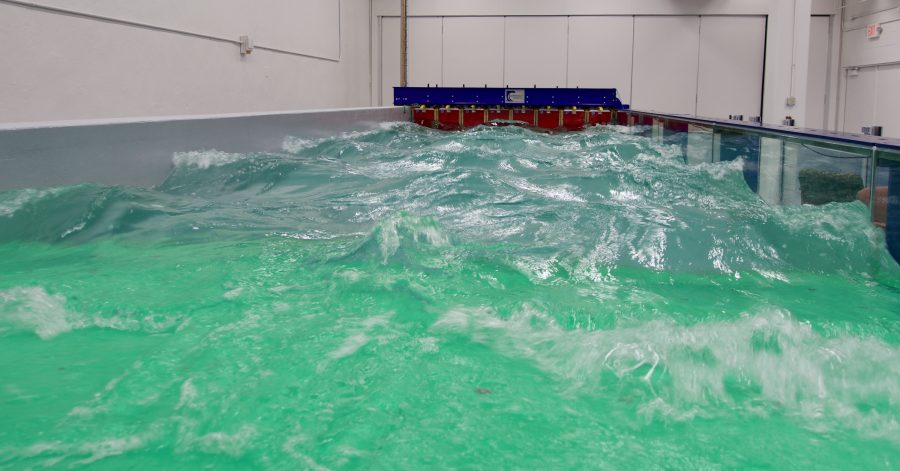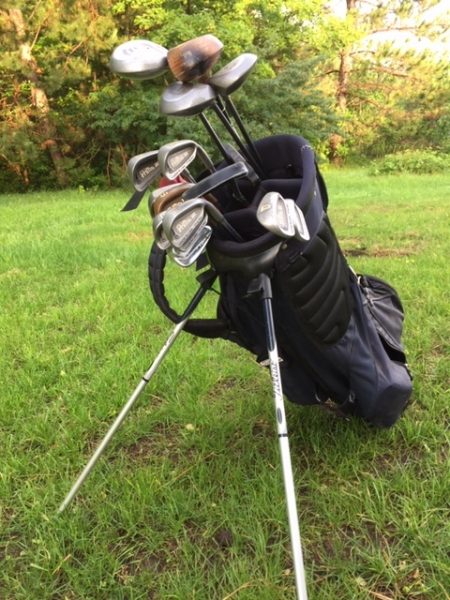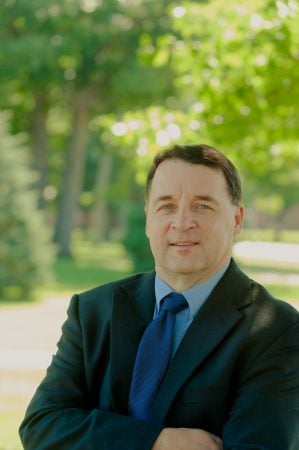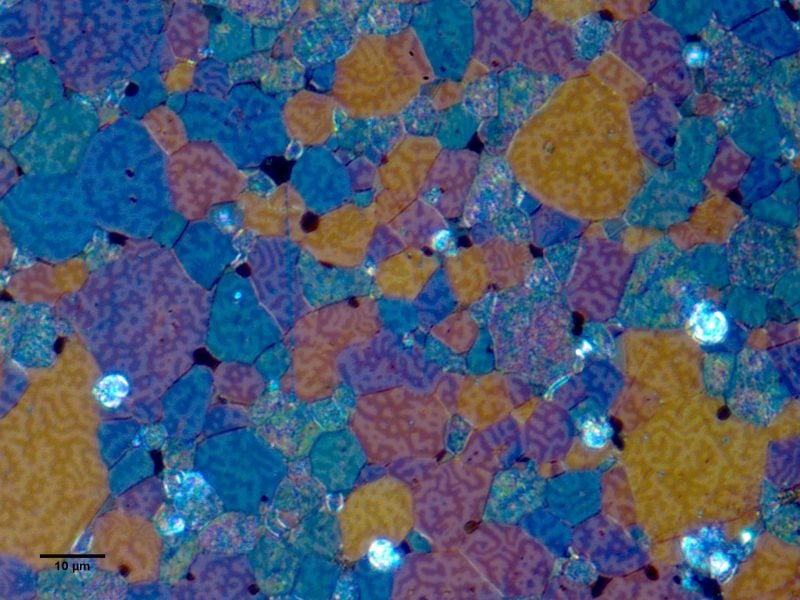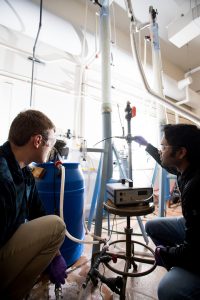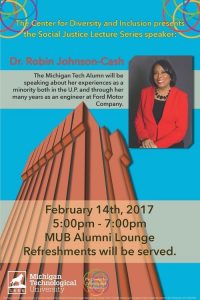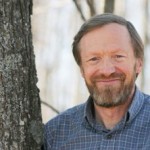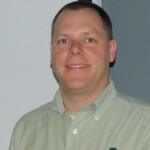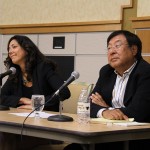
What are you doing for supper each Monday night this fall? Join College of Engineering Dean Janet Callahan and special guests at 6 p.m. (EDT) each Monday, for a 20-minute interactive Zoom webinar, followed by a Q&A session.
Launched last June during the pandemic and back by popular demand, the fall season of Husky Bites starts Monday (Sept. 14). Each “bite” is a free, suppertime mini-lecture, presented by a different Michigan Tech faculty member. They’ll weave in a bit of their own personal journey, and bring a co-host, too — an alumnus or current student who knows a thing or two about the topic at hand.
Important note: Even if you registered for Husky Bites last summer, you will need to register again — a second time — for fall at mtu.edu/huskybites.
Know others who might be interested? Feel free to invite a friend. All are welcome. “We’ve had attendees from nine countries, and a great mix of students, alumni, our Michigan Tech community and friends,” says Dean Callahan, who mails out prizes for (near) perfect attendance, too. (Last summer there were Husky Bites t-shirts, and Michigan Tech face masks, sewn right here in Houghton).
The series kicks off Monday (Sept. 14) with a session from Joshua Pearce (ECE/MSE), with co-host Megan Kreiger, Pearce’s first Michigan Tech grad student. Want to know how you can make money turning your household waste into valuable products? Well, you’ve come to the right place. Professor Joshua Pearce and his co-host, alumna Megan Krieger, will cover the exploding areas of distributed recycling and distributed manufacturing. They’ll also explain just how using an open-source approach enables the 3-D printing of products for less than the cost of sales taxes on commercial equivalents.
Get the full scoop and register (or re-register) at mtu.edu/huskybites.
Here’s a quick rundown of our Fall 2020 lineup, below:
Monday, 9/14
Joshua Pearce — “3D Printing Waste into Profit,” with co-host Megan Kreiger, Program Manager, Additive Construction, US Army Engineer Research and Development Center (ERDC) and Michigan Tech (Math ‘09, MSE‘12) alumna.
Monday, 9/21
Bill Sproule (professor emeritus CEE) — “Michigan Tech, and the Stanley Cup,” with co-host John Scott, NHL All-Star MVP and Michigan Tech alumnus (ME ‘10).
Monday, 9/28
Sarah Ye Sun (ME-EM) — “Nice Shirt! Embroidered Electronics and Motion-Powered Devices,” with co-host George Ochieze, a current Michigan Tech student.”
Monday, 10/5
Orhan Soykan (BioMed) — “Prolific Inventing,” with co-host Dr. Tim Kolesar, MD, development quality engineer, Abbott Labs, and a Michigan Tech alumnus (BME ‘19).
Monday, 10/12
Erik Herbert (MSE) — “Holy Grail! Energy Storage on the Nanoscale,” co-host TBD.
Monday, 10/19
Tim Havens (CC) — “Warm and Fuzzy Machine Learning,” with co-host Hanieh Deilamsalehy, a machine learning researcher at Adobe and Michigan Tech alumnus (ECE ‘17).
Monday, 10/26
Paul Bergstrom (ECE) — “Quantum Dot Devices and Single Electron Transistors,” co-host TBD.
Monday, 11/2
Mary Raber (PHC) — “Solving Wicked Problems,” co-host TBD.
Monday, 11/9
David Shonnard (ChE) —” Waste Plastics are Taking Over the World and The Solution is Circular,” co-host TBD.
Monday, 11/16
TBD
Monday, 11/23
Bill Predebon, (Chair ME-EM) — “Say Yes to the Quest,” with co-host Marty Lagina, CEO, Heritage Sustainable Energy, winemaker, Michigan Tech alumnus (ME ‘77), and reality TV show star (Curse of Oak Island): “Say Yes to the Quest,” with co-host Bill Predebon, (Chair ME-EM)
Monday, 11/30
Pengfei Xue (CEE) — “What Superior (the Supercomputer) Tells Us About Superior (the Lake),” co-host TBD.
Monday, 12/7
Raymond Shaw (Physics) — “Lake Superior in My Driveway: Lake Effect Snow in the Keweenaw,” with co-host Will Cantrell, dean of the Graduate School.
